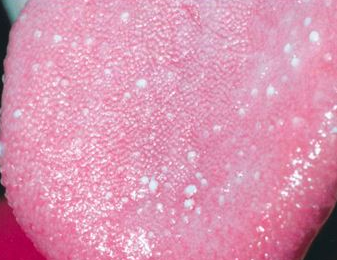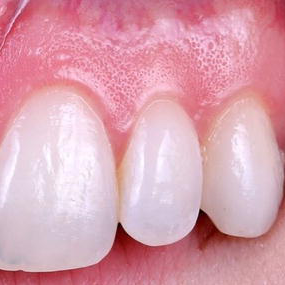Bumps on the tongue are normal or not?

We don’t frequently contemplate our tongues, yet they can be a marker of our general wellbeing. The tongue’s appearance can change for some reasons, a significant number of them not excessively intense. Have you at any point seen knocks on the rear of your tongue? Frequently these knocks are brought about by some sort of oral disease. Figure out what causes these knocks and when they are a reason to worry.

What Are Tongue Bumps?
The tongue is comprised of muscles and the surface is covered with a mucous layer. Regularly, little knocks (otherwise called papillae) cover the outer layer of the back piece of your tongue. Between the papillae are the taste buds that assist you with tasting food varieties. Generally, these papillae are unnoticeable. Be that as it may, once in a while, they become broadened and can cause you torment. This can occur for some reasons
Here are the ways how I get rid of Bumps On the Back of My Tongue .
A few normal motivations behind why you see enormous knocks at the rear of your tongue include:
Oral thrush. If within your mouth is red and you see white patches on your tongue and internal cheeks, you could have oral thrush. Clearing these patches off can leave red spots that drain. Fortunately, oral thrush is innocuous for a great many people and can be relieved with antifungal medication. Notwithstanding, oral thrush can be more not kidding for individuals with lower resistance, for example, individuals encountering malignant growth treatment or HIV/AIDS.
Leukoplakia. The essential side effect of this condition is thickened, white patches on your tongue, gums, the lower part of the mouth, and the inner parts of your cheeks. They can’t be scratched off. Persistent bothering from tobacco is frequently the reason. While leukoplakia patches are generally noncancerous, some give early indications of disease. Thus, on the off chance that you’re seeing these patches, it’s ideal to talk with your dental specialist or specialist quickly.
Mouth blisters. Otherwise called fever rankles, these wounds are brought about by the herpes simplex infection (HSV) and can show up all the rage, inside your cheeks, or on your tongue. They start as a liquid-filled rankle that cracks following a little while before beginning to recuperate. The bruises normally last around 8-10 days and are profoundly infectious. Stay away from oral contact – like kissing – during this time, and don’t share utensils, lip analgesics, or different things that have contacted your mouth. Mouth blisters generally recuperate all alone, and however you could accelerate the interaction with antiviral drugs or creams, it is impossible to dispose of HSV.
Red fever. One of the side effects of red fever is a red and rough (“strawberry”) tongue. It’s generally joined by a red, sore throat, high fever, red skin rash, and the skin in the wrinkles of your underarm, elbow, and crotch becoming a brilliant shade of red. Red fever most frequently happens in kids or grown-ups who are in touch with youngsters. Microorganisms called bunch A strep causes this condition, and your PCP will as a rule endorse anti-infection agents to help dispose of the microbes.
